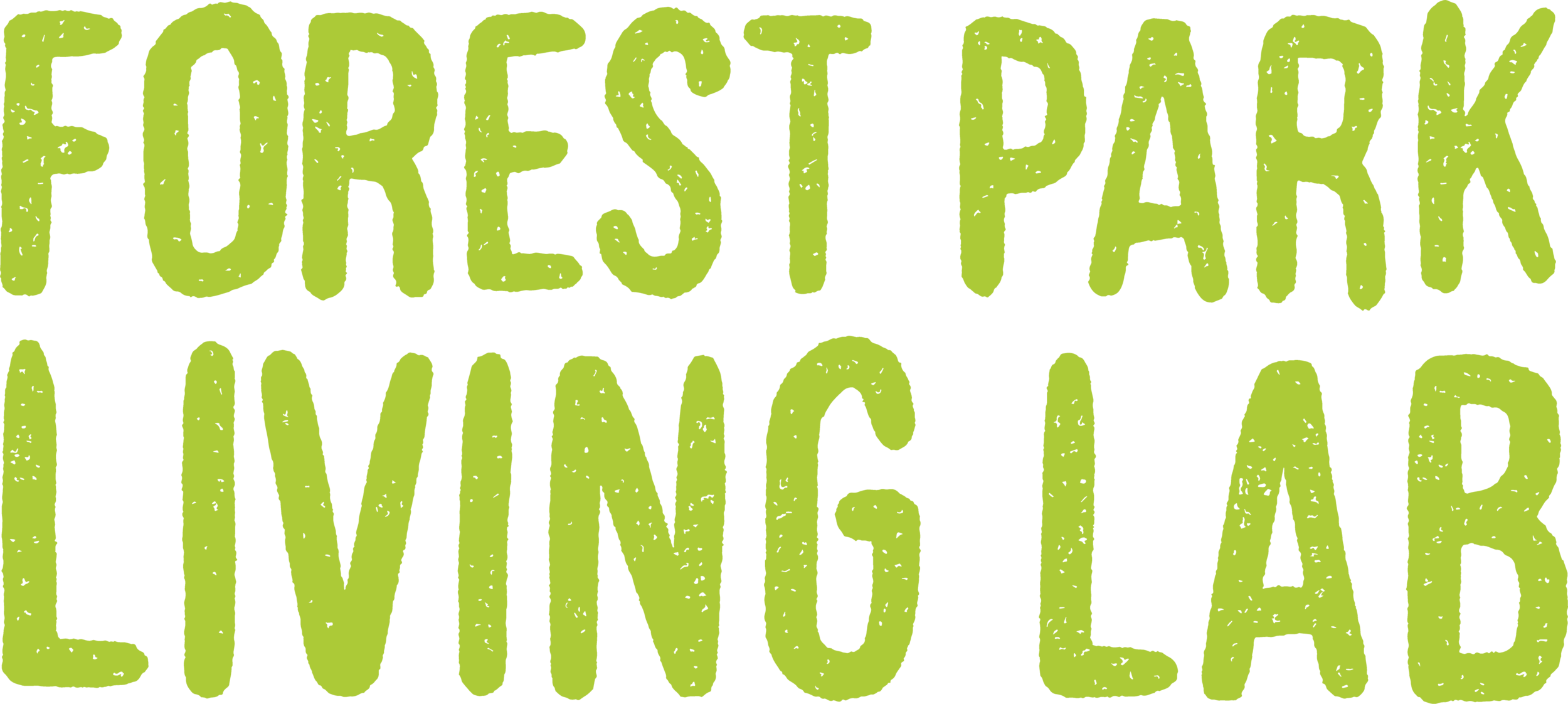Data
Scientific data on Forest Park’s Wildlife
Want to see animated tracks of Forest Park’s wildlife? Download the Animal Tracker app on your phone! This app lets you discover tagged animals in Forest Park (and around the world!) and visualize their movements as the data is collected.
We share what we’ve discovered so far via scientific publications and posters! Our movement data is also available via Movebank.


